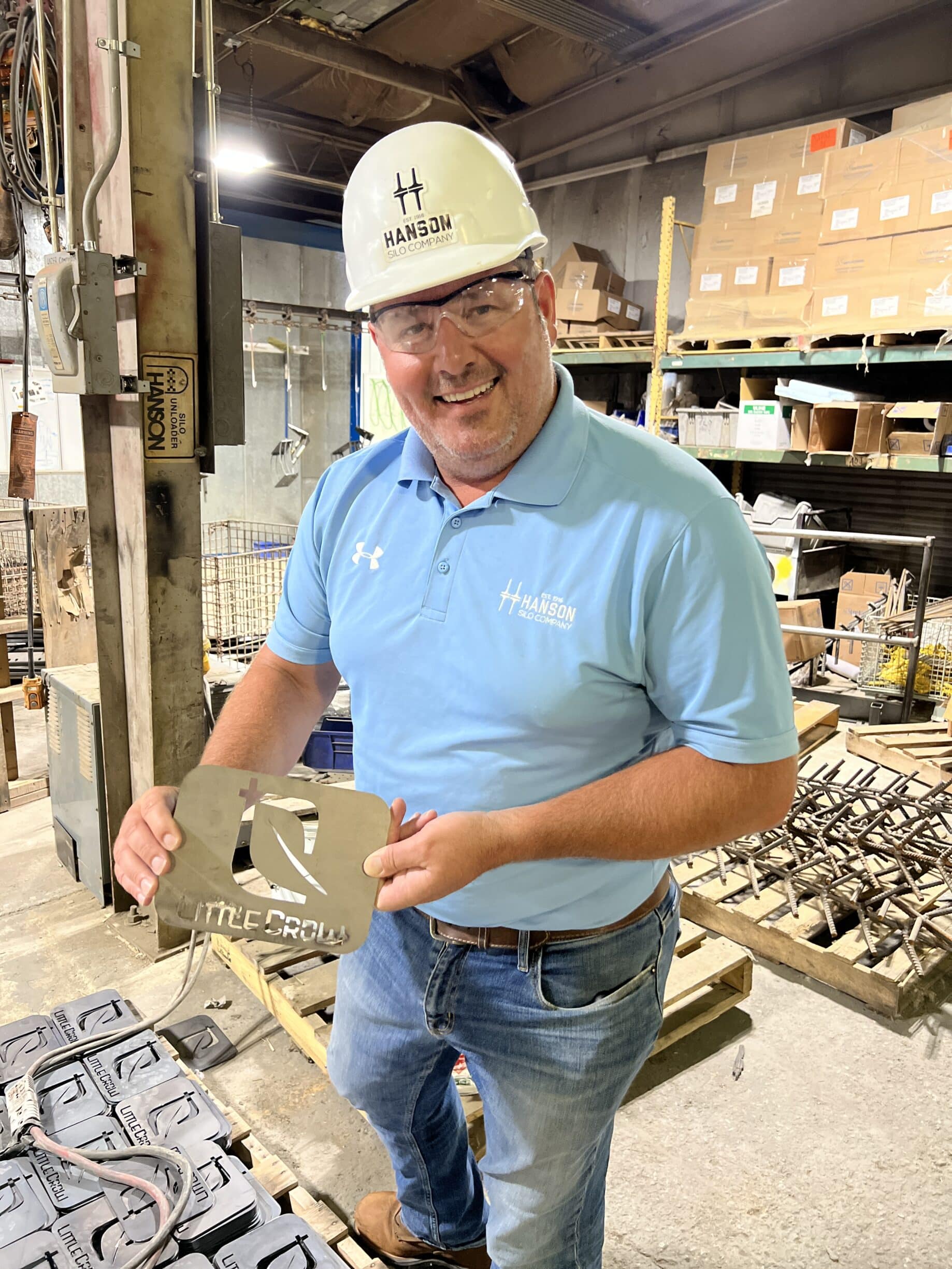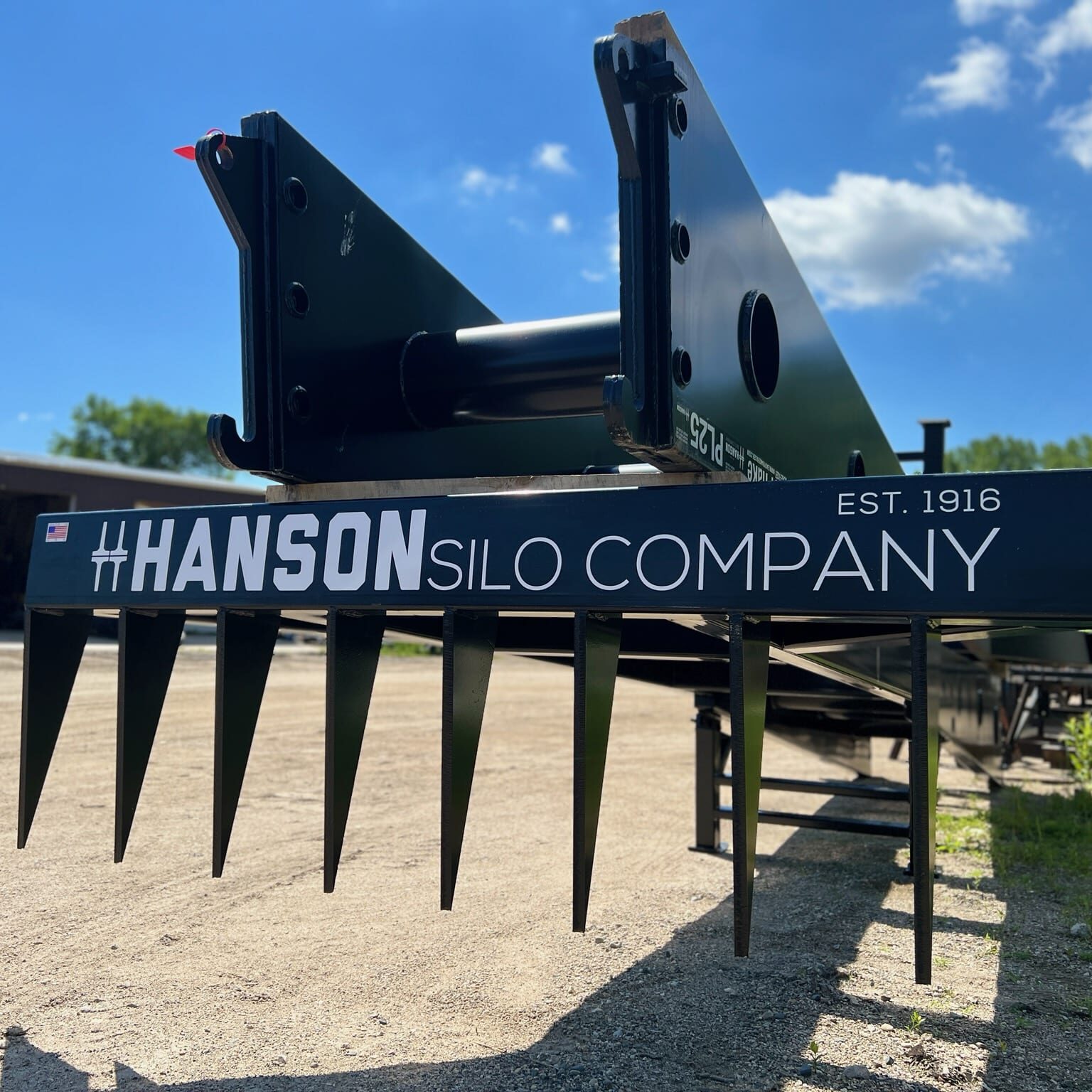Hanson Silo has existed in Lake Lillian before there was even Lake Lillian - it helped build a town and a legacy simultaneously. But how did they accomplish this?
"We took care of them {our employees}, giving them gainful employment and three daily squares. We treated them well," explained 3rd generation owner and CEO Gregg Hanson on Hanson's Silo initial workforce recruitment ideologies.
An appropriate story as we dive into Minnesota Manufacturing Month this October: a tale of resilience, compassion, ingenuity, and...early immigration to Minnesota.
The town of Tromso, Norway, may not mean much to us, but for generations of families and now neighbors in Lake Lillian, Minnesota, it is a standard string that binds them together. It is the root of their lineage. This includes Gregg Hanson, the 6th generation of original homesteaders. Gregg’s Grandparents, Gjertina Johnson, and Emil Hanson Junior, immigrated from the Tormso area in 1900 and homesteaded on Lake Lillian Prairie. “They traveled all that way on the boat, they all got scurvy…and yet still pick a place full of rocks and sloughs,” Hanson says shaking his head with a laugh. “Just like the home country, I guess!”
Lake Lillian's history reports that Emil Hanson didn’t have much of a reputation for farming, making young Gjertina’s family nervous about her marriage. But what her husband may have lacked in a green thumb, he made up for in ingenuity.

“He was a visionary,” says Hanson of his grandfather, telling the story of how the idea for the family business began. “He was sitting on the sandy shore of Big Kandiyohi Lake, and he noticed how the ice pushed the sand back each spring. He went home, fetched a bucket, and carried some of the sand back. He mixed that up with a little cement and realized how strong it was! He’d return later with horses and scrapers digging up more; the rest is history.” The vision of Hanson Silo had begun.
It started after the silo plant that Emil worked for went out of business. With nine mouths to feed, including Gregg Hanson’s father, Willard, his grandfather had to become resourceful. When needing a better product for his farm, he started the construction of stave silos. As the company grew over the years so did it’s success. Gregg remembers being a young boy, around nine or ten, and Dad would buy a new Buick. But the thing never held a backseat! We would sit on the silage chopper machine parts. I still remember us in our Sunday best, my sister in a dress, and us bouncing around back there!” And it wasn’t just his Dad being pampered with new things but also the employees they hired. This was after both World Wars and plenty of young men had returned suffering from PTSD and alcoholism to cope. “These were known as ‘men of the world’. They were veterans, and they were vagabonds; we hired people who others wouldn’t.’ Hanson continued how his uncle would go to the railyard in Willmar and find the men riding the rails. ‘They’d come up apple picking season out West somewhere and then ride the rails looking for work. My uncle would pick up the men and take them to get suits at Max’s on Washington Avenue. “They took care of them, gave them gainful employment, and treated them well.”
So well, in fact, the place became known as ‘Hansonville’ and was a small city. It contained a shoe shop, a drug store that sold toiletries and groceries, and a mess hall that served all the meals, including a noon lunch called dinner and an evening meal, supper. ‘They fed hundreds of men! They even got chocolate cake with it!” Hanson laughed. ‘Hansonville’ expanded as quickly as Hanson Silo employing 400 people over four plants at one point, building 1,200 silos in 1963 alone!
And like most good things that stand the test of time, Hanson Silo has had to reinvent itself. In 1961 they expanded from strictly silos to precast concrete barns, and bunkers. And again in 1996, “we needed to stay relevant, keep up with demand, so we started making concrete bunkers” said Hanson.

Today, they can brag about manufacturing a range of areas, including powder coating, custom steel manufacturing, livestock feed storage, grain storage, precast concrete buildings, and even deer stands, the newest addition by Gregg’s sons, Matt and Mike, who now run the family business. The year 1995 saw big innovation at Hansons, and in the industry. That year, the decision was made to begin to build precast concrete large-scale elements. Since then, they have had 4 different precast concrete plants. These products have expanded to agriculture, commercial, industrial, and municipal markets.
The quality and innovative products of Hanson Silo can now be found in the state of Minnesota, including MnDOT (Minnesota Department of Transportation) sand and salt storage buildings, city wastewater treatment plants, and the Easy Rake® Silage Facer, all of which ship around the USA and even globally.
Five generations all together are working at Hanson Silo on any given day. Hanson Silo is nearly 114 years and shows how a tight community draws a family, community, and business together for success in Kandiyohi County.
This story was first published in the EDC Fall 2023 newsletter.
